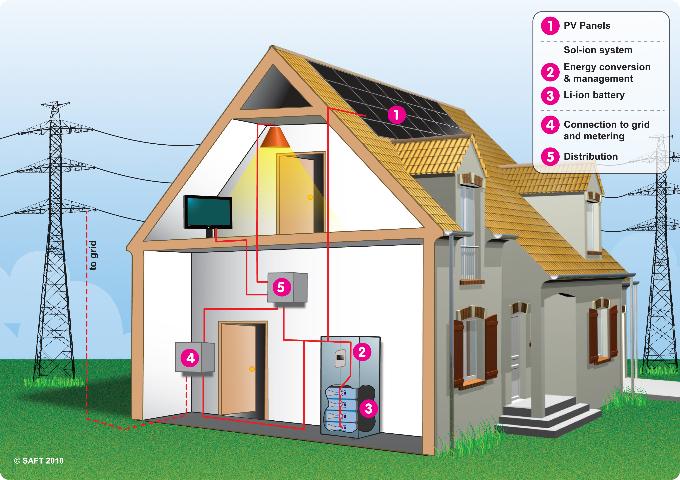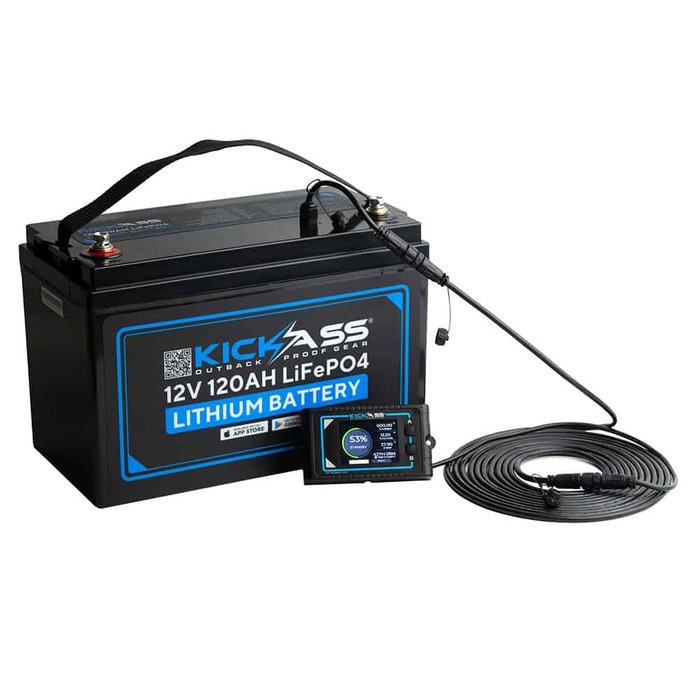Energy Storage System
Energy storage systems (ESS) provide a variety of grid services and make clean energy available consistently. ESS technologies are increasing in deployment and adoption as their costs decline and more use cases emerge.
Solar self-consumption (storing surplus solar energy for use at night) is the most popular ESS application for residential and commercial customers. ESS can also be used for peak shaving, especially for businesses on demand charge utility tariffs.
Cost
Energy storage systems (ESS) can be either front-of-the-meter (FTM) or behind-the-meter (BTM). FTM systems are connected directly to the power grid and belong to a utility, helping it solve network congestion issues. BTM systems are installed at the customer’s premises, and can help them save money on electricity bills by absorbing excess solar or wind energy and supplying it back to the grid when needed.
Energy stored in these systems can also be used to manage the peak load during high-cost daytime hours, a practice known as “peak shaving.” Home ESSs are popular among homeowners and help them reduce their dependence on the electricity grid by storing generated power and lowering the cost of electricity. Commercial and industrial businesses also use them to manage energy consumption, provide backup emergency power sources, and smooth out renewable generation fluctuations.
Unlike previous studies that fixed duration at some exogenous value, this study decomposes the overall levelized cost of energy storage into the energy component and the power component. Then, each of these is compared to the maximum capacity that can be delivered by the system per kilowatt-hour. The results show that the sensitivity to duration is much greater for the Energy storage system energy component than for the power component. This is largely because optimally sized systems need a lot of storage, up to 180 hours at a time.
Benefits
Energy storage systems (ESS) are a powerful tool to achieve our energy goals. They help address solar and wind intermittency and provide reliable energy at the flip of a switch. ESSs are made up of lithium-ion batteries, similar to those used in electric vehicles and cell phones, or other storage technology like flywheels, super capacitors, SMES, PHS, or TES technologies.
Adding an ESS to your home or business can also save you money on your electricity bill and increase the value of your property. Besides, it reduces your dependence on the grid and protects you from price spikes during peak demand periods. Moreover, it helps you get rid of your fossil fuel dependency and contribute to your sustainability goals.
These benefits can be divided into three categories: resiliency, cost savings, and renewable integration. However, not all facilities can capitalize on these benefits because of limited access to energy and the need for upfront capital investment. Fortunately, there are ways to overcome these challenges and reap the benefits of energy storage systems.
At c3controls, we offer a wide range of products needed for energy storage system manufacturing. Our surge protective devices, contactors, and terminal blocks protect sensitive components from overvoltages and lightning strikes. We also offer fuses to ensure safety in an electrical circuit. Furthermore, our human machine interfaces and pilot devices enable communication and control for optimal efficiency.
Installation
Energy storage systems are a diverse set of technologies for storing electricity in order to make our power system more resilient. They can be implemented at the consumer, commercial, or utility level to meet a variety of goals. They can help create a more resilient energy infrastructure, reduce costs to consumers and utilities, and provide grid stability by responding quickly to power fluctuations. Energy storage systems can take many forms, including battery, chemical, electrochemical, mechanical, and thermal.
Battery ESS systems use rechargeable batteries to store electrical energy. These devices can be used to perform a variety of tasks, such as peak shaving and load shifting. They can also be used as a backup for off-grid homes and to provide a safe alternative to fossil fuel generators, which contribute to carbon monoxide poisoning.
ESS can be either front-of-the-meter (FTM) or behind-the-meter (BTM). FTM systems are directly connected to the power grid, while BTM systems are installed at the user’s premises and may be capable of feeding back energy into the network if local regulations permit.
In addition to batteries, the components of an energy storage system include high voltage power electronics and control systems. These are required to support the rapid charge and discharge of a battery, as well as to manage the frequency and voltage of the stored energy. At c3controls, we offer a wide range of power electronic products that are ideal for a variety of applications, including ESS. These include surge protective devices, contactors, and pilot devices.
Maintenance
Energy storage is a vital component of the electricity grid, helping balance variable renewables and provide backup power. It also helps reduce greenhouse gas emissions and improve grid stability. There are different types of energy storage systems, but most use lithium-ion batteries to store and discharge electricity. They can be used for a variety of purposes, including energy arbitrage, peak shaving, and load shifting.
Modern battery energy storage systems are all-in-one, turnkey solutions that are simple to install and largely maintenance-free. They can be used to save energy generated by solar panels, the grid, and generators, then use it during periods of high demand. They can also help lower a homeowner’s electric bill and provide back-up power during outages.
However, like any system, an energy storage system requires routine maintenance to ensure that it Energy storage system performs as intended. This includes regular software updates to address security and performance issues. Over-the-air (OTA) updates are optimal because they can be done quickly and without the need for a technician to visit the site.
Additionally, an ESS must be maintained in accordance with its manufacturer’s recommendations and listings. There should be adequate space between ESS modules, cabinets, racks, or trays to allow for maintenance access. For example, there should be a minimum clearance of 1 inch between a cell container and walls or structures not required for maintenance access.

